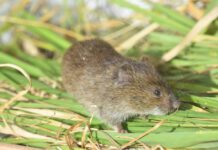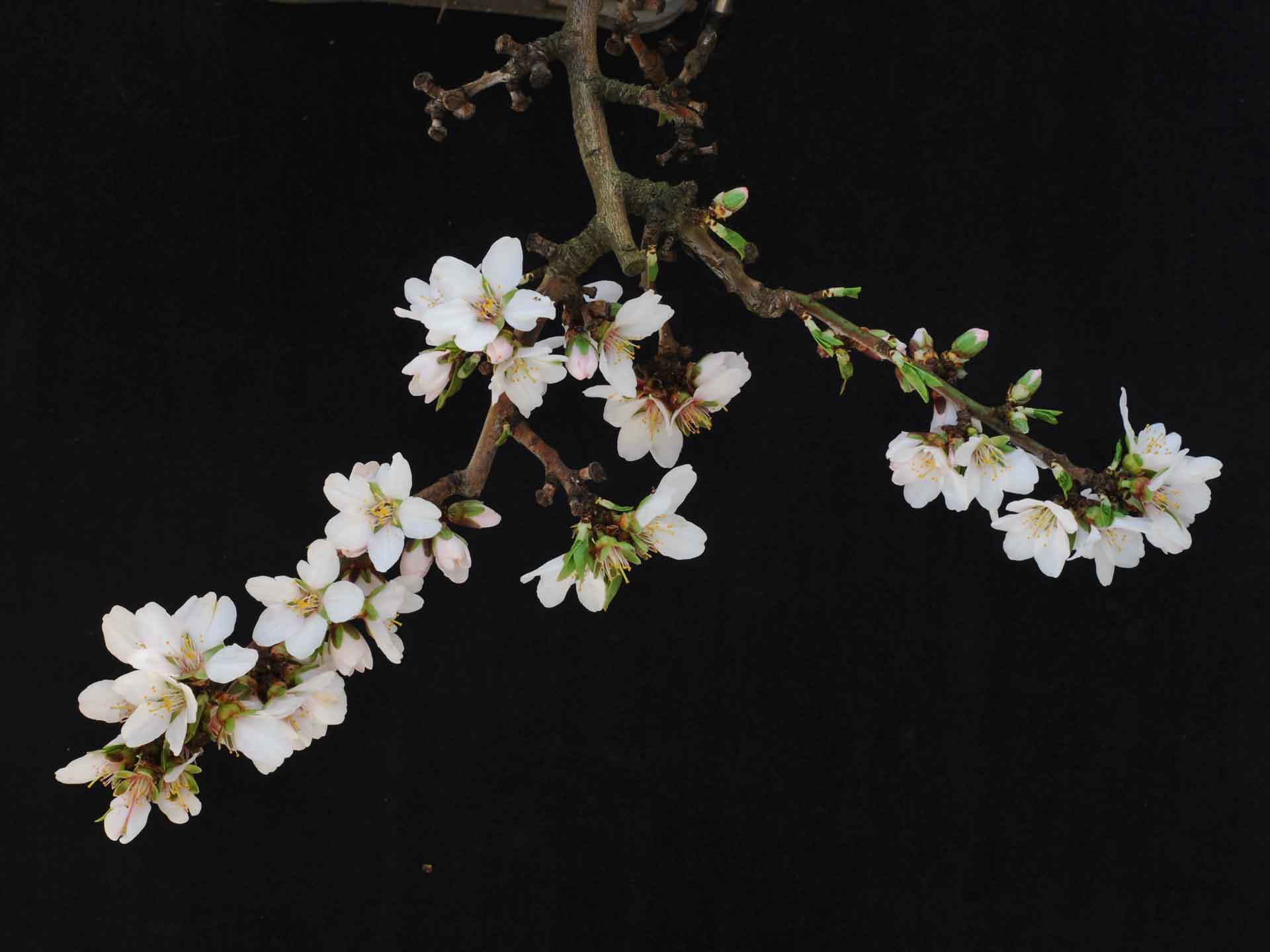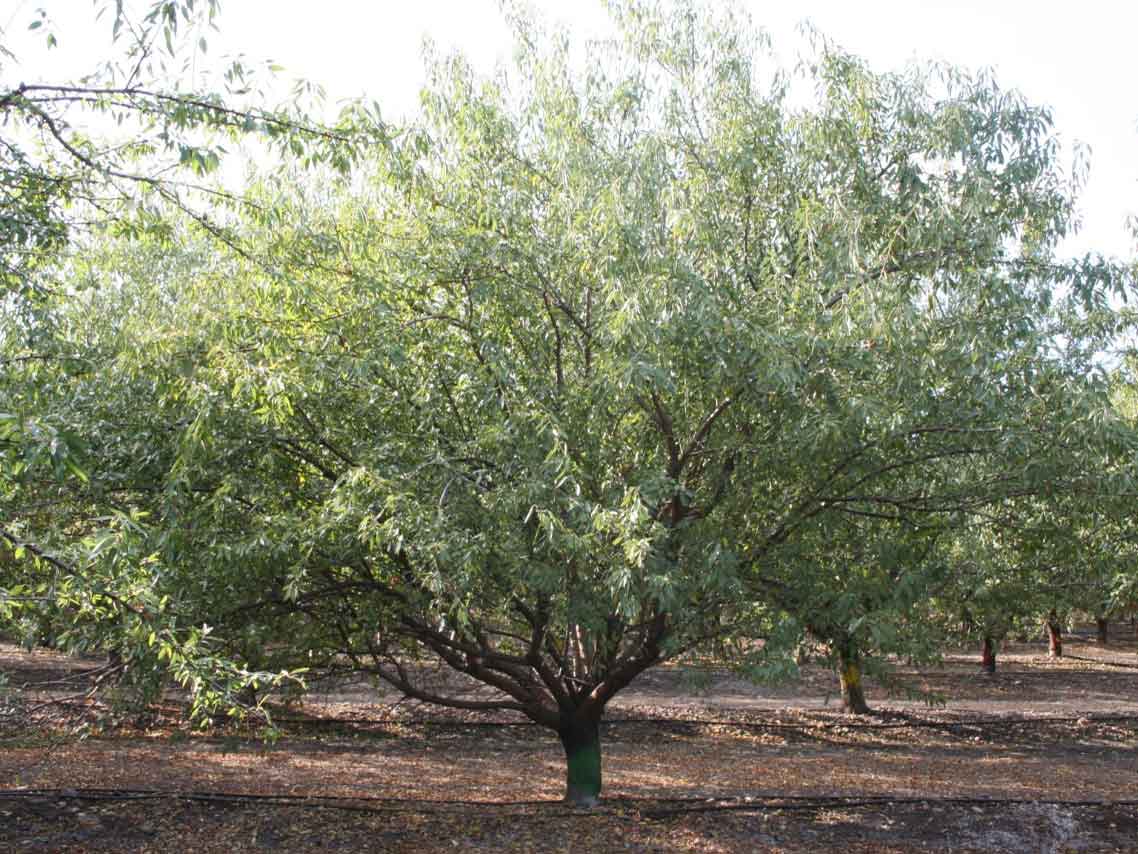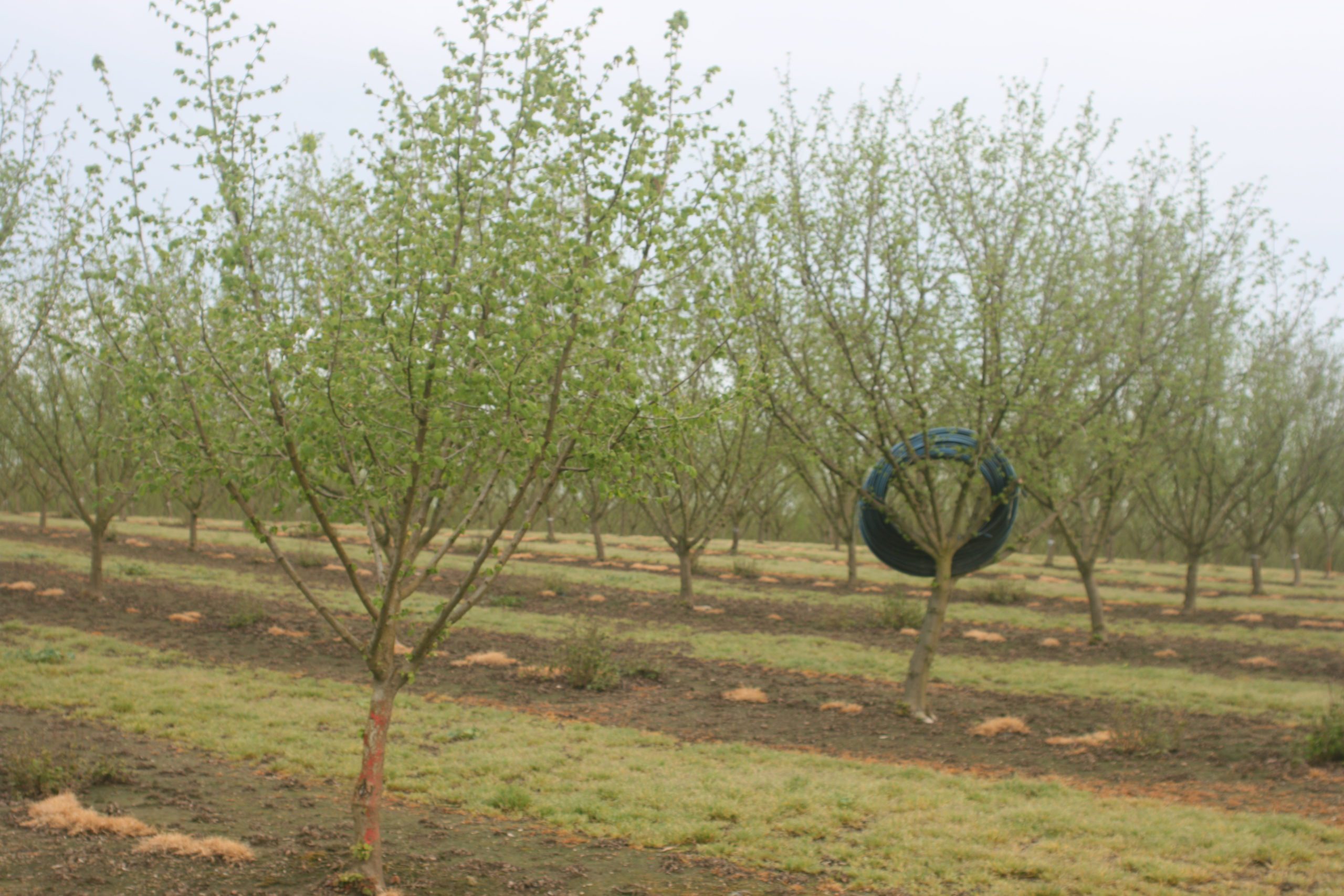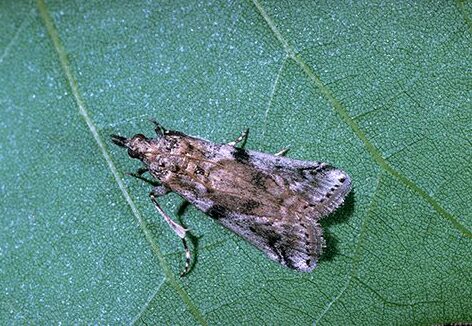
Listen to the audio version of this article. (Generated by A.I.)
Pesticide resistance isn’t a yes-or-no issue.
Insect resistance to a class of pesticides isn’t absolute, said Kern County UCCE Entomology Advisor David Haviland. Resistance to a class of insecticides is preceded by tolerance and becomes apparent when a product isn’t as effective as it was in the past, when higher rates are needed to get the same control and when the product has less residual effect.
At a workshop in the Kern County Ag Pavilion in April, Haviland noted currently there are more than 17,000 cases of insecticide resistance. Resistance has been documented in most chemical classes.
“There has been a shift in the dose-response curve,” Haviland said.
He explained that resistance to an insecticide develops due to genetic diversity within an insect population. A minority in a population have genetic traits that allow them to survive a pesticide application. Those survivors reproduce, and the offspring are primarily resistant. The next time the same insecticide is sprayed, the susceptible minority all die off, and the resistant majority become a unanimous majority. The resistant generation produces offspring with resistance, and the insecticide fails to control.
There are several types of resistance, Haviland explained. Metabolic resistance is the most common. This is when insects are able to break down toxins by increasing the number or types of enzymes they have. Behavioral resistance is when a portion of the population behaves differently and is selected out by the pesticide. Altered target-site resistance happens when the site where the toxin usually binds in the insect becomes modified to reduce the insecticide’s effect. Penetration resistance occurs when insects with a thicker cuticle survive because it slows penetration of the insecticide.
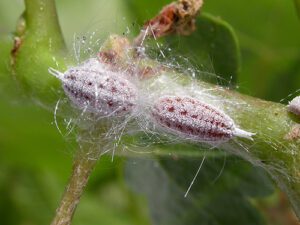
Rate of Resistance
Rate of resistance development depends on the situation. Pest reproductive characteristics can determine how fast resistance evolves. Pests with higher mobility have less resistance. Pests that produce large numbers of offspring will have higher selective pressure. Persistence of pesticide residues, number of sprays applied and longevity of residues can impact selective pressure.
Kern County has lost grape production due to the glassy-winged sharpshooter, an insect that can spread Pierce’s disease, Haviland said. There was an overreliance on neonicotinoid products to control glassy-winged sharpshooter, and resistance to those products developed.
“They were cheap and effective, but it should not have been a surprise that they became less effective,” Haviland said.
When it comes to tree nuts, pyrethroids have been the only viable option for control of leaffooted and stink bugs. Haviland said new pyrethroid products were initially very effective, but efficacy has been reduced over time. Repeated applications in pistachios, as well as exposure in almonds, continue to place selective pressure on navel orangeworm. Haviland said current efficacy is variable, typically inferior to industry standards Altacor and Intrepid.
“Preventing resistance in the first place should be the focus. Preventing resistance is much easier to do than to reverse it.”
– David Haviland, UCCE
A Case Study
He noted a case study of Gill’s mealybug, an invasive pest of pistachios that affects crop quality. Gill’s mealybug has been primarily controlled with a late spring application of Movento for more than 10 years. Use of alternatives Centaur and Admire has become more restricted. Efficacy of Movento to control Gill’s mealybug has reduced over time, and growers need new control tools.
Haviland compared the Gill’s mealybug issue to the vine mealybug, an invasive pest of grapes that also decreases crop quality. This pest has been controlled with applications of Movento as use of alternatives has become more restricted. Efficacy of control has also reduced over time, with few options for the future.
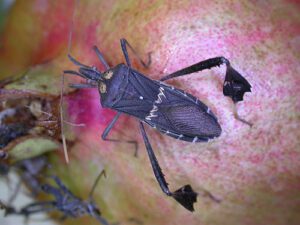
Management Strategies
At the workshop, Haviland offered several strategies for managing insecticide resistance.
The first is to avoid pesticide spray applications unless absolutely necessary. Prophylactic sprays should be avoided. Monitoring pest levels and using treatment thresholds can help with spray decisions.
“Use integrated pest management rather than just spray,” Haviland advised. In almonds, he noted, spider mite sprays are largely unneeded if predators are allowed to establish.
Use of nonchemical controls should be considered first. Those include cultural controls and biological controls.
“A biological spray may not kill them all, but ladybugs will eat the survivors, and they can’t spread resistance genes,” Haviland said.
Use of tank mixes can also manage resistance. The goal is to use a product with a different mode of action. Adding a smothering agent like 415 oil kills mites because they can’t breathe. The oil will also kill the resistance survivors.
Knowing modes of action and rotating products can manage resistance. Haviland said that products with the same mode of action should not be applied twice in a row unless you are targeting the same generation. Spraying within two weeks will not give the resistant generation a chance to reproduce.
Escapes can also contribute to resistance. To avoid escapes, prevent nonlethal exposure with poor coverage or short residual activity.
“Invest in your application,” Haviland advised.
Use of the IRAC (Insecticide Resistance Action Committee) website is recommended. The classifications and mode-of-action chart can be a useful tool when making pest management decisions. It lists nerve and muscle targets, respiration targets, midgut targets and growth and development targets.
Pesticide mode-of-action codes are listed on the label of many trade-name products. The codes are assigned for bactericides, fungicides and oomycides by the Fungicide Resistance Action Committee, and for insecticides, miticides (acaricides), nematicides and molluscicides by IRAC.
Haviland said if a product is not effective in controlling the targeted pest, the two best approaches are to switch to another product and to double down on efforts to use biological or cultural controls.
He said in theory, using a higher rate can be an option, but in most cases where resistance occurs, the grower is already using a top-of-the-label rate.
The list of options for growers once resistance has developed is very limited, Haviland said.
“Preventing resistance in the first place should be the focus. Preventing resistance is much easier to do than to reverse it.”
The UC Statewide IPM program information site can be used when considering pest management options. The site is a clearinghouse for IPM information and has information on pest management guidelines, year-round IPM programs, photos for pest ID, degree-day models and susceptibility/toxicity charts.

Cecilia Parsons
Cecilia Parsons has lived in the Central Valley community of Ducor since 1976, covering agriculture for numerous agricultural publications over the years. She has found and nurtured many wonderful and helpful contacts in the ag community, including the UCCE advisors, allowing for news coverage that focuses on the basics of food production.
She is always on the search for new ag topics that can help growers and processors in the San Joaquin Valley improve their bottom line.
In her free time, Cecilia rides her horse, Holly in ranch versatility shows and raises registered Shetland sheep which she exhibits at county and state fairs during the summer.







